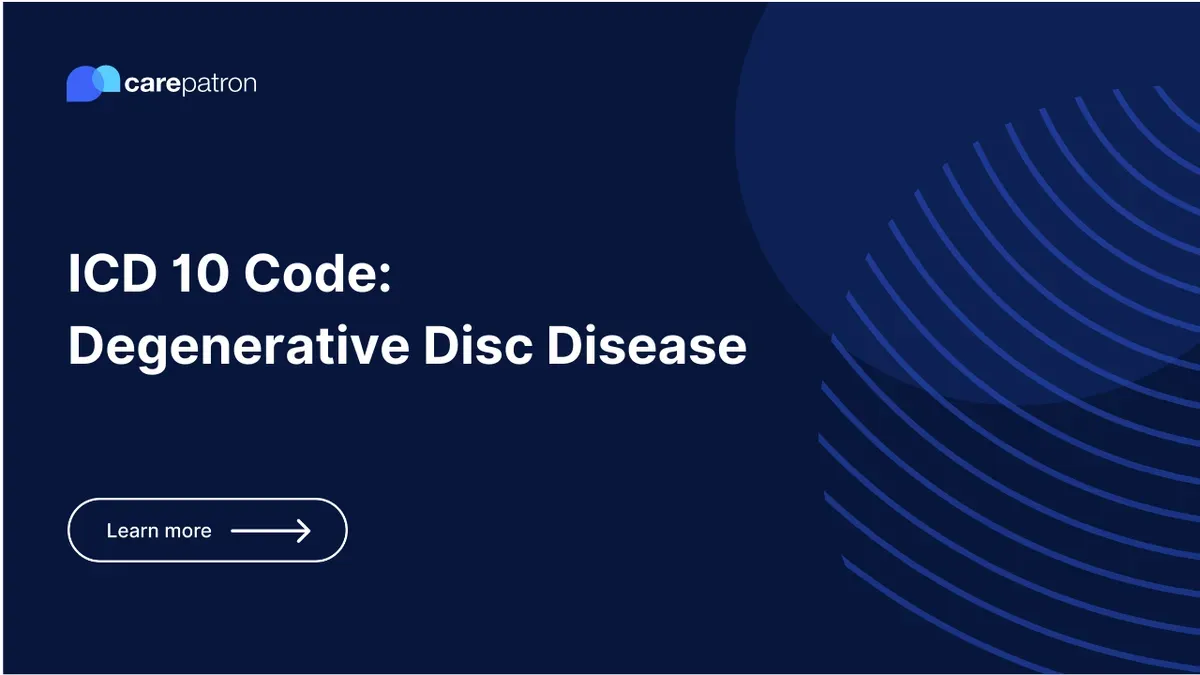
Degenerative Disc Disease ICD-10-CM Codes
Here’s a complete guide to degenerative disc ICD-10 codes for 2023, including related codes, billability, clinical information, synonyms, and more.
Use Code
EHR and practice management software
Get started for free
*No credit card required
Free
$0/usd
Unlimited clients
Telehealth
1GB of storage
Client portal text
Automated billing and online payments
